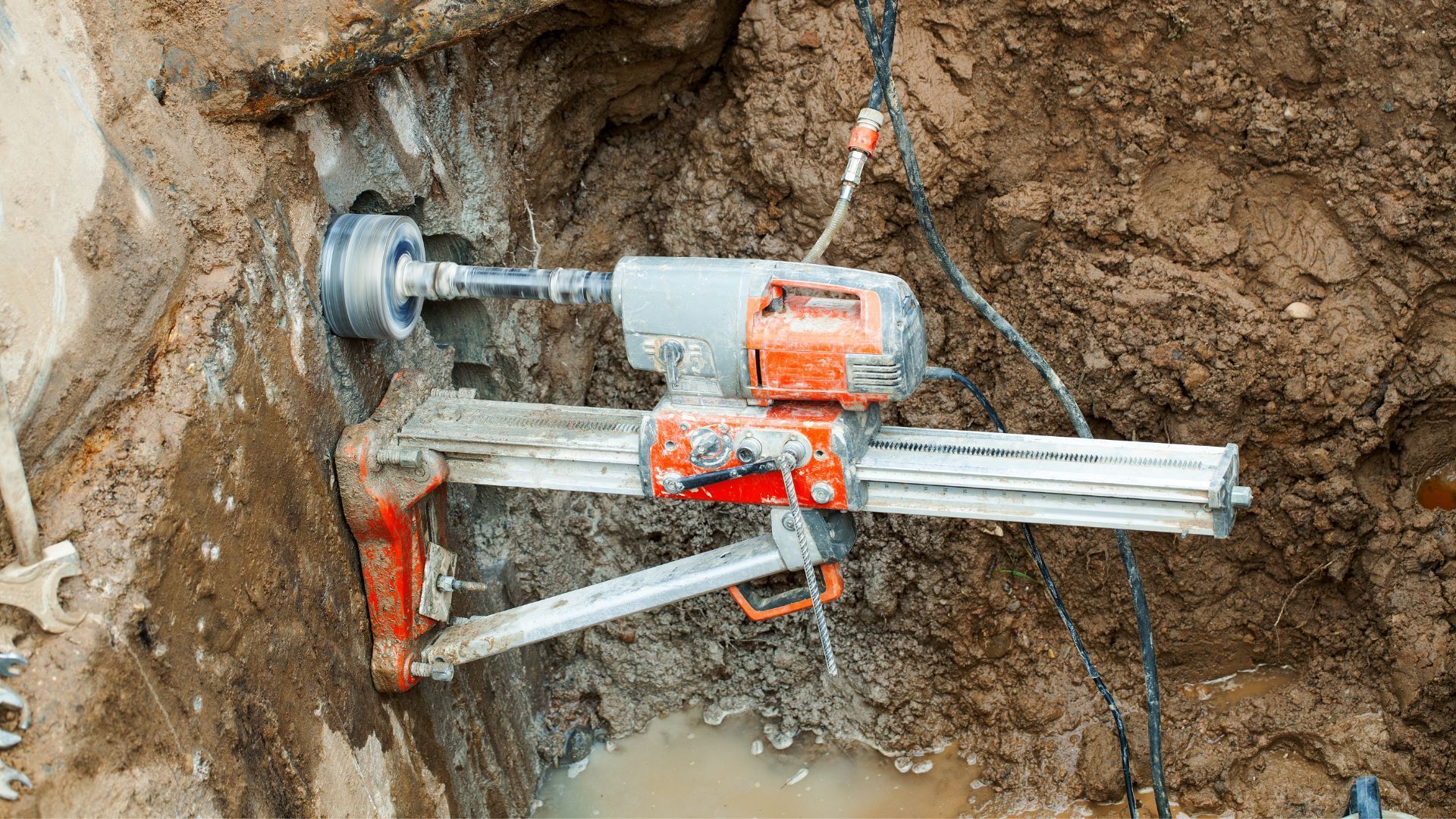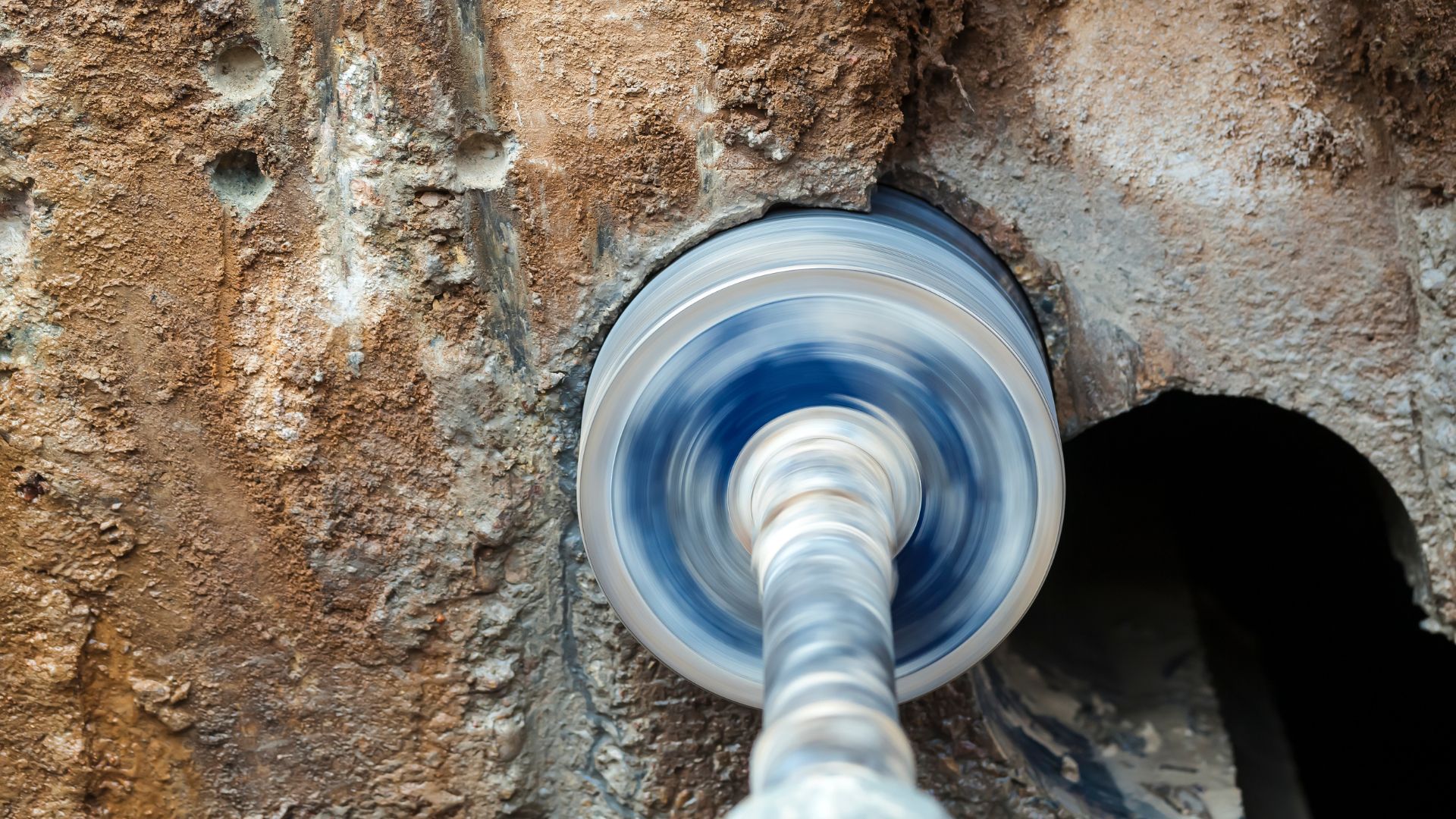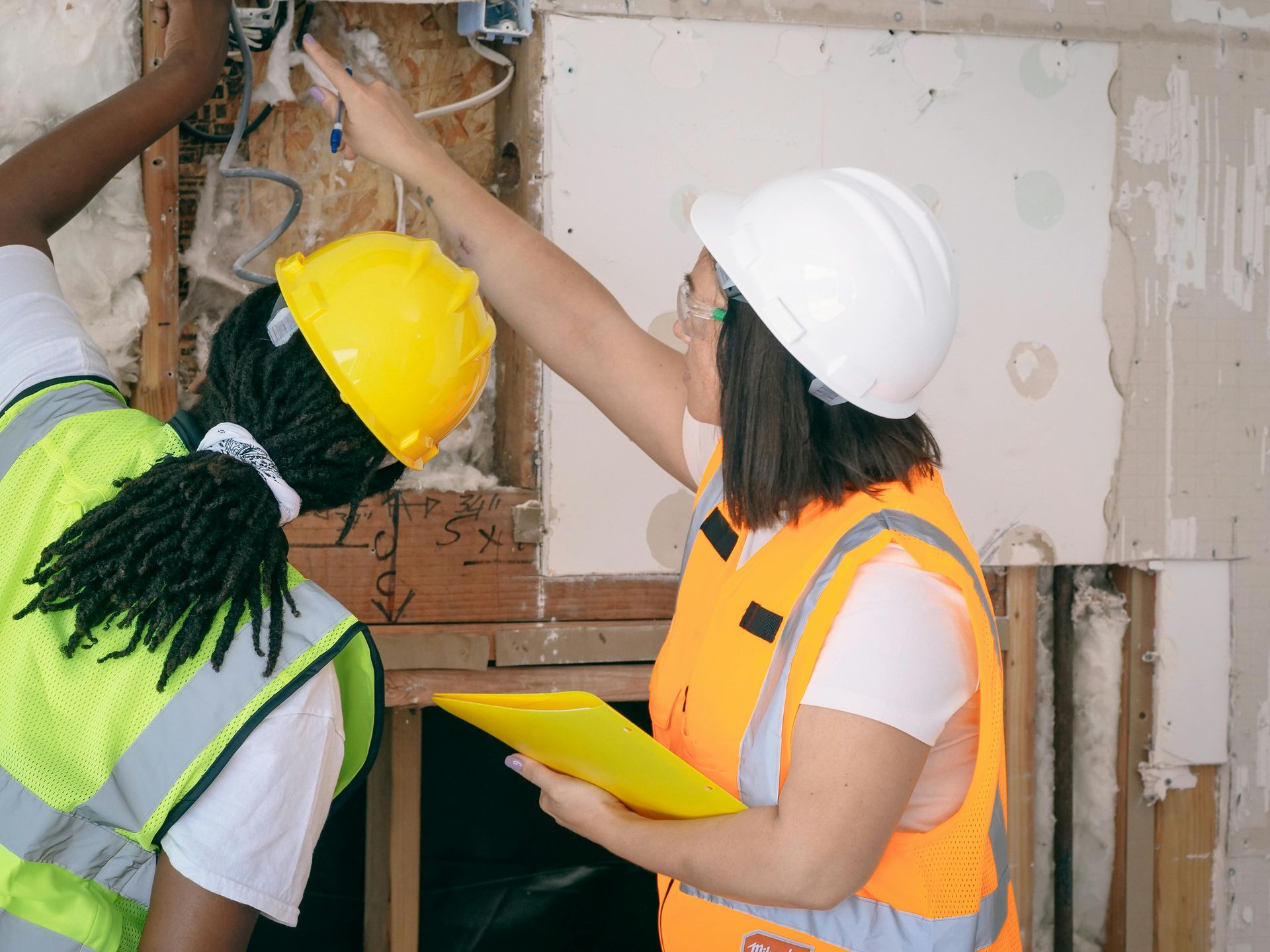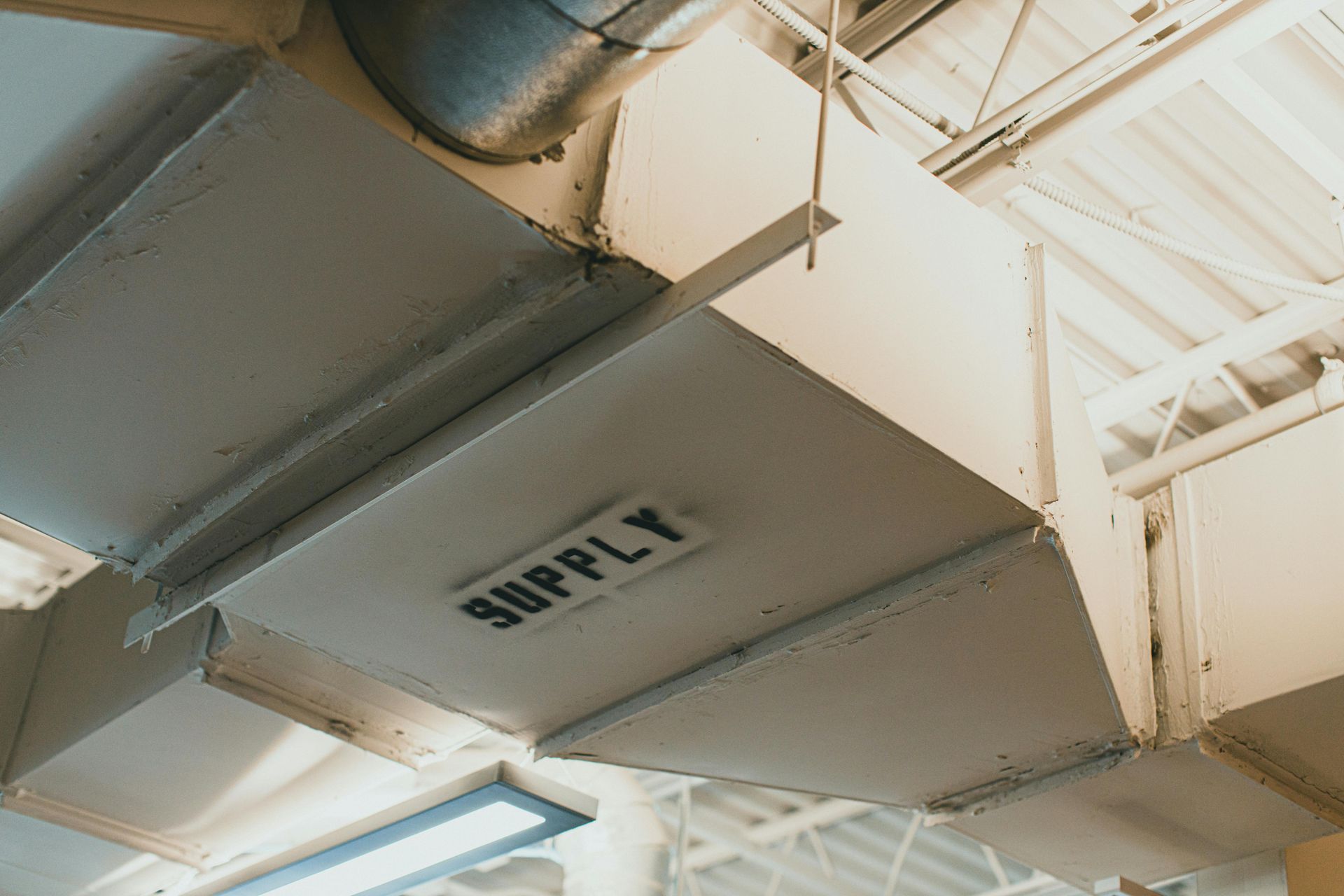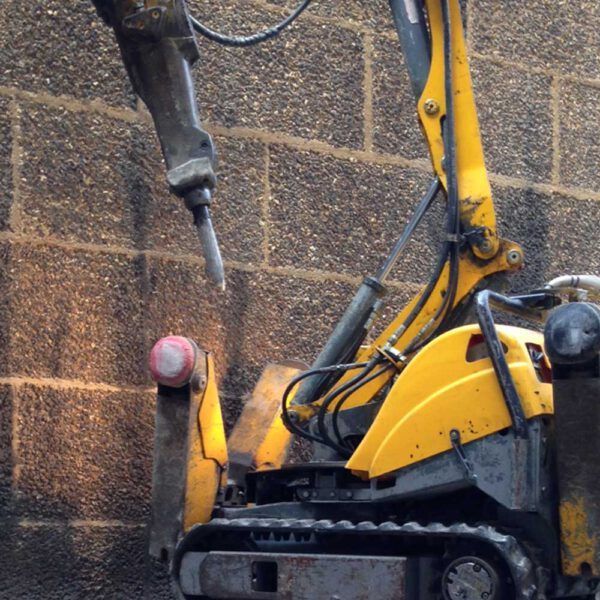In modern construction, fire safety and compliance are as crucial as performance and precision. Every penetration made for mechanical and electrical services must be carefully controlled and fire-stopped once installed. That process starts with diamond drilling.
By using precision drilling techniques, contractors can create clean, accurate, and compliant openings that make fire-stopping installations simpler, safer, and fully certifiable.
In this article, we’ll explore how diamond drilling supports the fire-stopping process, why accuracy is critical to compliance, and how PCDD helps contractors prepare openings for certified penetrations across London.

The Link Between Diamond Drilling and Fire-Stopping
Fire-stopping systems are designed to restore the fire resistance of walls, floors, and ceilings that have been penetrated by building services.
However, if holes are poorly drilled (oversized, irregular, or misaligned) it becomes difficult or impossible to install fire collars, sleeves, or sealants to the manufacturer’s tested detail.
Diamond drilling solves this problem by producing:
- Perfectly round, smooth holes to exact dimensions
- Controlled drilling depth for wall or floor thickness
- Minimal chipping or breakout around edges
- Dust-free, clean openings ready for sealing
The result is a penetration that’s fully prepared for certified fire-stopping materials, ensuring long-term compliance with UK Building Regulations (Approved Document B) and BS EN standards.
Why Precision Matters for Fire-Stopping Compliance
Fire-stopping systems are only effective when installed within tested tolerances, meaning the size, shape, and substrate of the opening must match certified data sheets.
Diamond drilling ensures:
- Tight tolerances between the service and the fire-seal product
- Consistent hole geometry, avoiding irregular edges that compromise sealing
- Predictable installation conditions, allowing third-party fire-stopping systems (such as Hilti, Rockwool, or Protecta) to be installed exactly as tested
- Simplified documentation for sign-off by fire inspectors or accredited assessors. In short, precision drilling directly supports compliance and certification. making it the essential first step in any fire-stopped penetration.
Preparing Openings for Fire-Stopping: Best Practices
1. Planning and Coordination
Fire-stopped penetrations should be planned early in coordination with M&E layouts and the fire strategy.
This ensures drilling is performed in the correct zones and only where certified sealing systems can be applied.
2. Controlled Drilling Techniques
Diamond drilling rigs allow precise depth and diameter control.
Operators use steady feed pressure, water cooling, and correct RPM to prevent spalling or edge damage — critical for sealing performance.
3. Clean and Dust-Free Openings
Using water suppression or vacuum extraction, diamond drilling produces dust-free, smooth surfaces that allow fire-stopping sealants and wraps to adhere properly.
4. Correct Hole Sizing
Oversized or irregular holes compromise fire-stopping performance.
Diamond drilling allows exact matching to the sleeve, conduit, or service diameter — often within millimetres of tolerance.
5. Labelling and Documentation
Each penetration should be identified and logged for fire-stopping records.
Clean, accurately drilled openings simplify tagging and certification processes for fire auditors and building control.
Applications in M&E and Building Services
Diamond drilling is used to prepare fire-stopped openings for a wide range of service types, including:
- Electrical conduits, tray supports, and busbar routes
- HVAC ductwork and ventilation systems
- Plumbing, heating, and sprinkler pipework
- Fire alarm, security, and comms cabling
By using precision-drilled openings, contractors can ensure every service penetration can be fully sealed and certified, reducing risk and simplifying compliance documentation.
Case Study Example
During a London hospital refurbishment, PCDD was tasked with creating hundreds of core openings for new M&E containment routes through fire-rated walls and floors. By using diamond drilling, each hole was formed to exact tolerances and logged for fire-stopping installation. This allowed the fire-stopping contractor to apply certified systems immediately, achieving full sign-off with zero remedial works.
Health, Safety & Compliance
Fire-stopping preparation demands high safety and quality standards.
PCDD operates with full compliance under:
- CSCS and SSSTS accreditation
- Site-specific RAMS documentation
- HSE and COSHH-compliant dust and water management
- BS EN 1366 & BS 476 guidance for fire-resistant elements
- UKAS-approved fire-stopping systems coordination
Every drilled opening is prepared to meet the conditions required for third-party certification and long-term fire integrity.
Can diamond drilling damage fire-rated walls or floors?
No. It’s a low-vibration, non-percussive process that preserves the fire rating and structure of the substrate.
What happens if a hole is oversized?
Oversized holes compromise seal performance and certification. Diamond drilling prevents this by ensuring exact sizing.
Does diamond drilling leave clean surfaces for sealing?
Yes — water-suppressed drilling leaves smooth, dust-free openings ideal for adhesion of fire-stopping sealants and wraps.
Can diamond drilling be done in live hospitals or offices?
Absolutely. It’s quiet, controlled, and ideal for sensitive or occupied environments.
Fire-stopping relies on precision, and precision starts with diamond drilling. By providing perfectly formed, certified-ready openings, diamond drilling ensures that every M&E penetration can be sealed correctly, maintaining both fire integrity and building compliance.
Whether you’re working on a hospital, commercial fit-out, or residential scheme, PCDD delivers clean, compliant, and ready-to-seal openings for all fire-stopped installations.
👉 Learn more about our Diamond Drilling London services and how we support M&E and fire-stopping contractors across the capital
